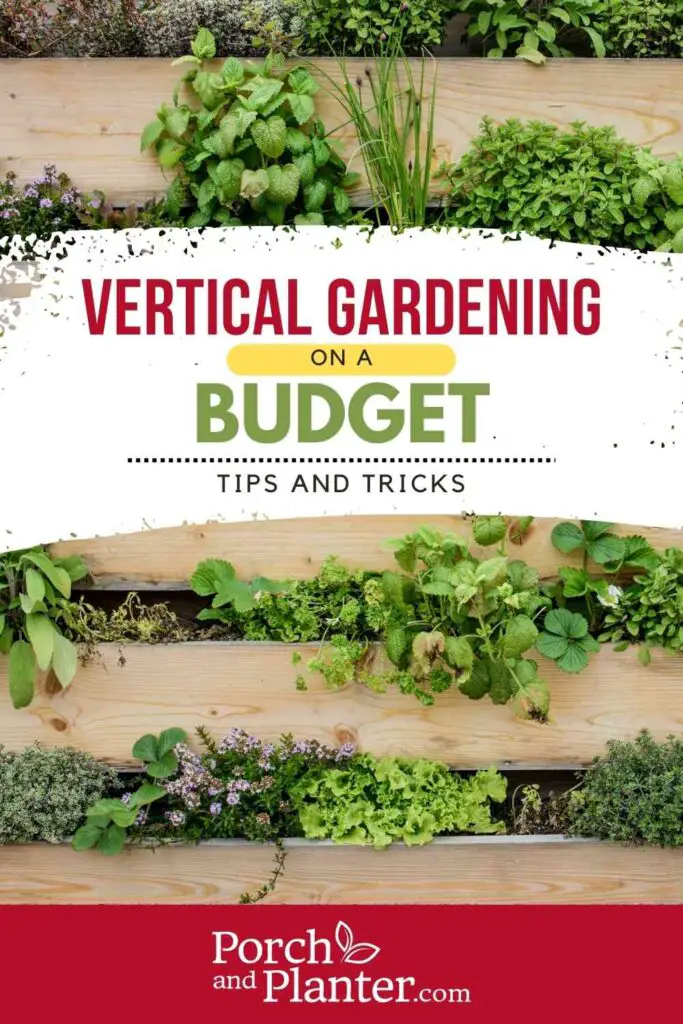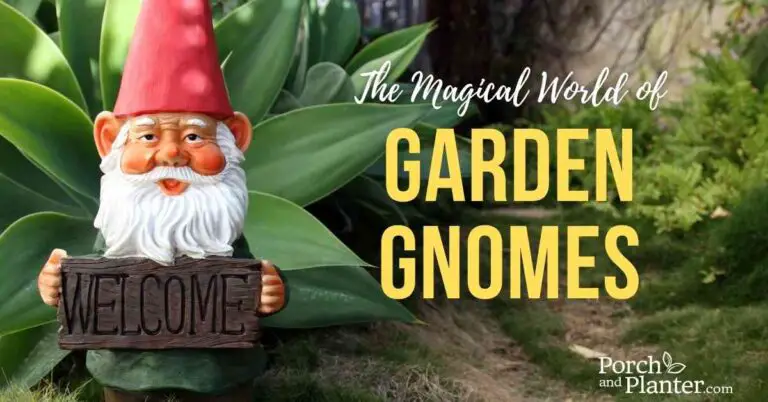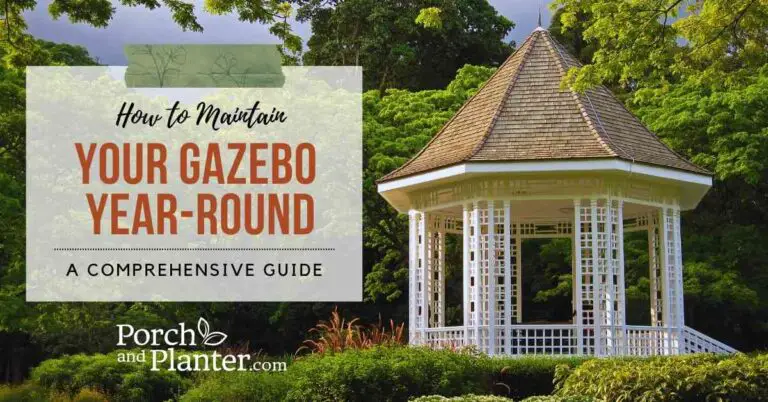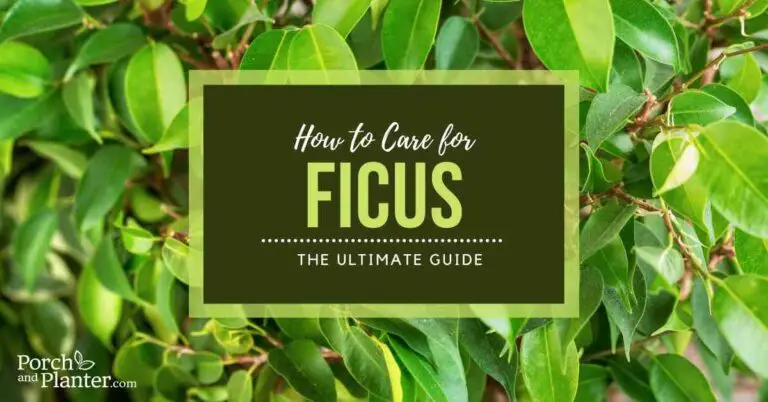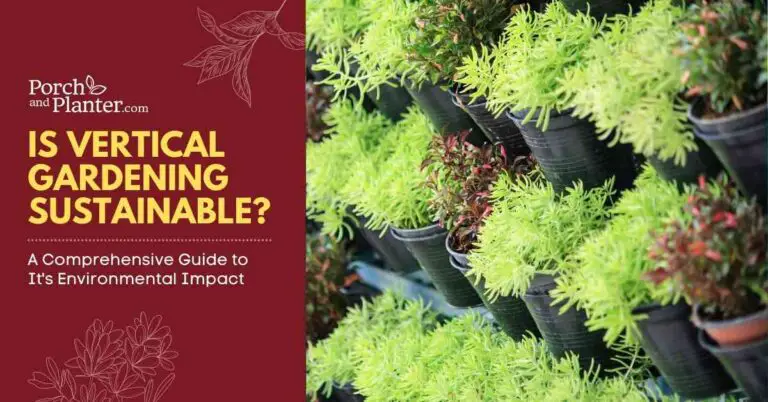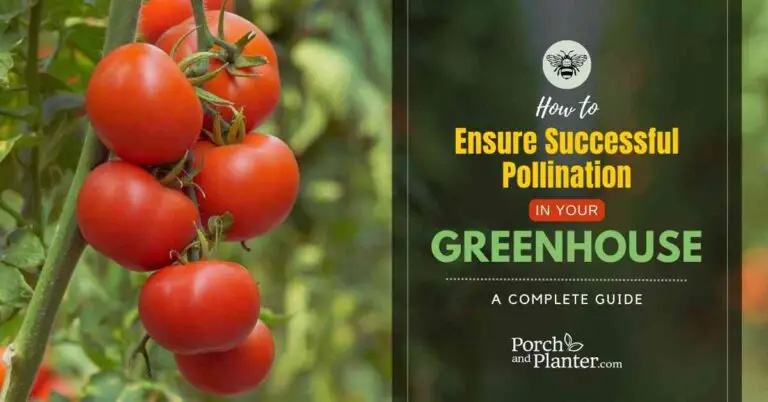Vertical Gardening on a Budget: Tips and Tricks
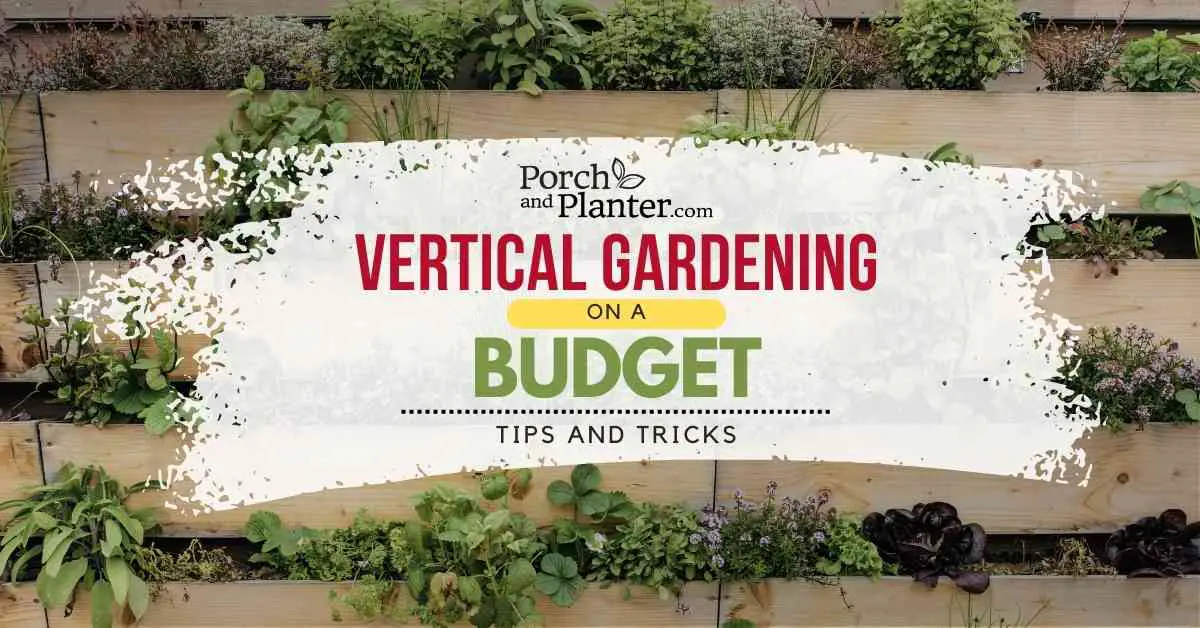
Vertical gardening is a technique that allows gardeners to grow plants in a vertical space. This method is especially useful for those who have limited space or want to maximize their garden’s potential. Vertical gardening can be done on a budget, making it accessible to anyone who wants to try it out.
There are many benefits to vertical gardening. First, it allows you to grow more plants in a smaller space. This is great for those who live in apartments or have limited outdoor space. Second, vertical gardening can be easier on your back and knees since you don’t have to bend down to tend to your plants. Finally, vertical gardening can be a fun and creative way to add some greenery to your home or yard.
There are many ways to create a vertical garden on a budget. For example, you can use recycled materials such as pallets or old gutters to create a vertical garden. You can also use inexpensive materials such as PVC pipes or cinder blocks to create a vertical garden. With a little creativity and some DIY skills, you can create a beautiful and functional vertical garden without breaking the bank.
Benefits of Vertical Gardening
Vertical gardening is a great way to grow plants in a limited space while also providing a range of benefits. Here are some of the advantages of vertical gardening:
Maximizing Space
One of the biggest advantages of vertical gardening is that it allows you to grow more plants in less space. By growing plants vertically, you can take advantage of unused vertical space and make the most of your available area. This is especially useful if you have a small balcony, patio, or backyard.
Vertical gardening also allows you to grow a wider variety of plants in a small space. For example, you can grow herbs, vegetables, and flowers all in one vertical garden.
Reducing Water Usage
Vertical gardening can reduce your water usage by up to 50% compared to traditional gardening. This is because plants grown vertically require less water than those grown horizontally. When you water plants grown horizontally, the water tends to run off and not get absorbed by the plants. In contrast, plants grown vertically will absorb more of the water you give them.
Vertical gardening also helps to reduce water evaporation. When you water plants grown horizontally, the water will evaporate from the soil surface. In contrast, when you water plants grown vertically, the water will be absorbed by the plants and not evaporate as quickly.
Better Pest Control
Vertical gardening can also help to reduce the risk of pests and diseases. When you grow plants horizontally, they are more susceptible to pests and diseases because they are in direct contact with the soil. In contrast, when you grow plants vertically, they are less likely to come into contact with soil-borne pests and diseases.
Vertical gardening can also help to increase air circulation around your plants, which can help to reduce the risk of fungal diseases. Additionally, by growing a variety of plants in your vertical garden, you can create a more diverse ecosystem that is less susceptible to pests and diseases.
Choosing the Right Plants
Choosing the right plants is key to creating a successful vertical garden on a budget. Considerations for small spaces, low-maintenance plants for beginners, and edible plants for budget-friendly harvests are all important factors to consider when choosing plants for your vertical garden.
Considerations for Small Spaces
For those with limited space, it’s important to choose plants that won’t take up too much room. Climbing plants such as peas, beans, and cucumbers are great choices because they grow vertically and don’t require a lot of space. Another option is to choose compact varieties of plants such as cherry tomatoes or dwarf fruit trees.
Low-Maintenance Plants for Beginners
For beginners, it’s important to choose plants that are easy to care for and don’t require a lot of attention. Succulents and herbs such as basil, mint, and thyme are great choices because they don’t require a lot of water and can be grown in small spaces. Another low-maintenance option is to choose plants that are native to your area, as they will be adapted to the local climate and require less maintenance.
Edible Plants for Budget-Friendly Harvests
One of the best things about vertical gardening is that it allows you to grow your own food, even if you have limited space. Edible plants such as lettuce, kale, and spinach are great choices because they are easy to grow and can be harvested multiple times throughout the season. Another option is to grow herbs such as rosemary, sage, and cilantro, which can be used in cooking and are often expensive to buy at the grocery store.
DIY Vertical Garden Ideas
Vertical gardening is a great way to maximize space and grow more plants in small areas. However, buying pre-made vertical garden systems can be expensive. Luckily, there are many DIY options that can be done on a budget. Here are some DIY vertical garden ideas to get started.
Upcycling Materials for Planters
One way to save money on vertical gardening is to use materials that are already on hand. Upcycling old items can be a great way to create unique planters that add character to a garden. Here are some ideas:
- Use old gutters or downspouts as planters
- Repurpose old pallets into a vertical garden
- Use old shoe organizers to create a hanging garden
Building Simple Structures for Climbing Plants
Many plants, such as tomatoes and beans, require support to grow properly. Building simple structures can be an affordable way to provide plants with the support they need. Here are some ideas:
- Use bamboo stakes and twine to create a teepee structure for climbing plants
- Use PVC pipes to create a trellis for vining plants
- Stack cinder blocks to create a raised bed with built-in support for climbing plants
Creating a Living Wall on a Budget
Living walls can be a beautiful addition to any garden, but they can also be expensive. Here are some ideas for creating a living wall on a budget:
- Use a pallet as the base for the living wall and add pockets for plants
- Make a hanging planter out of a shoe organizer and plant it with succulents or other small plants
- Use a picture frame as a base for a living wall and add small potted plants
Maintenance Tips for Vertical Gardens
Vertical gardens are a great way to maximize space and grow plants in smaller areas. However, maintaining a vertical garden can be challenging. Here are some tips to keep your vertical garden healthy and thriving.
Watering and Fertilizing Techniques
Watering and fertilizing are essential for the growth of plants in a vertical garden. As a rule of thumb, you should water your vertical garden around 2-3 times a week. However, this may vary depending on the amount of rainfall you’ve had over the past days. To understand if your vertical garden needs water, perform a finger test. To do this, push your finger into the soil and see if it’s moist 2-3 inches below the surface.
When fertilizing your vertical garden, it’s important to use a slow-release fertilizer. This will ensure that your plants receive a steady supply of nutrients over time. Avoid using too much fertilizer, as this can burn your plants and damage the soil.
Pruning and Training Plants
Pruning is one of the best ways to prevent disease and fungus issues. Regular pruning allows for adequate airflow and keeps the leaves off the soil. This can help prevent soil-borne diseases and pests from affecting your plants. When pruning, be sure to use clean and sharp tools to avoid damaging the plants.
Training your plants is also important for maintaining a healthy vertical garden. This involves directing the growth of your plants in a specific direction. You can use trellises, stakes, or other structures to guide the growth of your plants. This can help prevent overcrowding and ensure that your plants receive adequate sunlight.
Preventing Common Problems
Preventing common problems is key to maintaining a healthy vertical garden. One common issue is pests, such as aphids and spider mites. To prevent these pests, you can use natural remedies such as neem oil or insecticidal soap. Another common issue is fungal diseases, such as powdery mildew. To prevent these diseases, ensure that your plants have adequate airflow and avoid overwatering.
Another common problem is soil-borne diseases, such as root rot. To prevent these diseases, ensure that your plants have well-draining soil and avoid overwatering. You can also use a fungicide to prevent soil-borne diseases from affecting your plants.
Conclusion
In conclusion, vertical gardening is a great way to maximize your space and grow your own fresh produce, even on a budget. By using inexpensive materials such as PVC pipes, old pallets, and recycled containers, you can create a beautiful and functional vertical garden that fits your budget. With proper planning and care, your vertical garden can yield a bountiful harvest of fruits, vegetables, and herbs. So why not give vertical gardening a try and enjoy the benefits of fresh, homegrown produce without breaking the bank?
